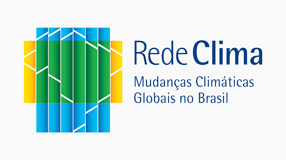An Ecological Model for Quantitative Risk Assessment for Schistosomiasis: The Case of a Patchy Environment in the Coastal Tropical Area of Northeastern Brazil
DUARTE, H.; DROGUETT, E. L.; MOURA, M.; GOMES, E. C. S.; BARBOSA, C.; BARBOSA, V.; ARAUJO, M.
Risk Analysis, v. 34, p. 831-846, 2014
10.1111/risa.12139
We developed a stochastic model for quantitative risk assessment for the Schistosoma mansoni(SM) parasite, which causes an endemic disease of public concern. The model provides answers in a useful format for public health decisions, uses data and expert opinion, and can be applied to any landscape where the snail Biomphalaria glabrata is the main intermediate host (South and Central America, the Caribbean, and Africa). It incorporates several realistic and case-specific features: stage-structured parasite populations, periodic praziquantel (PZQ) drug treatment for humans, density dependence, extreme events (prolonged rainfall), site-specific sanitation quality, environmental stochasticity, monthly rainfall variation, uncertainty in parameters, and spatial dynamics. We parameterize the model through a real-world application in the district of Porto de Galinhas (PG), one of the main touristic destinations in Brazil, where previous studies identified four parasite populations within the metapopulation. The results provide a good approximation of the dynamics of the system and are in agreement with our field observations, i.e., the lack of basic infrastructure (sanitation level and health programs) makes PG a suitable habitat for the persistence and growth of a parasite metapopulation. We quantify the risk of SM metapopulation explosion and quasi-extinction and the time to metapopulation explosion and quasi-extinction. We evaluate the sensitivity of the results under varying scenarios of future periodic PZQ treatment (based on the Brazilian Ministry of Health’s plan) and sanitation quality. We conclude that the plan might be useful to slow SM metapopulation growth but not to control it. Additional investments in better sanitation are necessary.
